Sustainable mobility in cities
How urban and interurban transport can meet economic, social, and environmental needs

In 1960, only 1 in 3 of us lived in urban areas. Now, it’s closer to 6 in 10.
And this number continues to grow – the United Nations (U.N.) predicts that almost 7 in 10 will live in cities by 2050. Cities in Africa and Asia will expand the most.
The number of "megacities" – those with more than 10 million inhabitants – is also expected to increase, from 31 in 2016 to 41 by 2030.
Mobility problems
Despite some changes to our travel habits because of the COVID-19 pandemic, mobility is still a major problem in urban areas.
Cities are responsible for half of road vehicle emissions, which leads to health problems and thousands of deaths each year. They’re also congested with traffic, which causes pollution, stunts economic growth, and affects people’s quality of life. Meanwhile, 1 in 2 people across the world don't have access to public transport. In Africa and some parts of Asia, this rises to 2 in 3.
This is why the U.N. has a target to provide safe, accessible, and sustainable transport systems for all by 2030.
But what does sustainable mobility in cities look like and what are the challenges we need to overcome to make city and interurban transport more sustainable?
In this article, we're joined by several leading experts in mobility and sustainable transport infrastructure. We look at what sustainable transportation is and why it's more than just "green" technology. And we discuss how our current transport systems lead to inequalities. We also highlight how cities can make transportation more sustainable – including how residents can help promote and implement sustainable mobility.
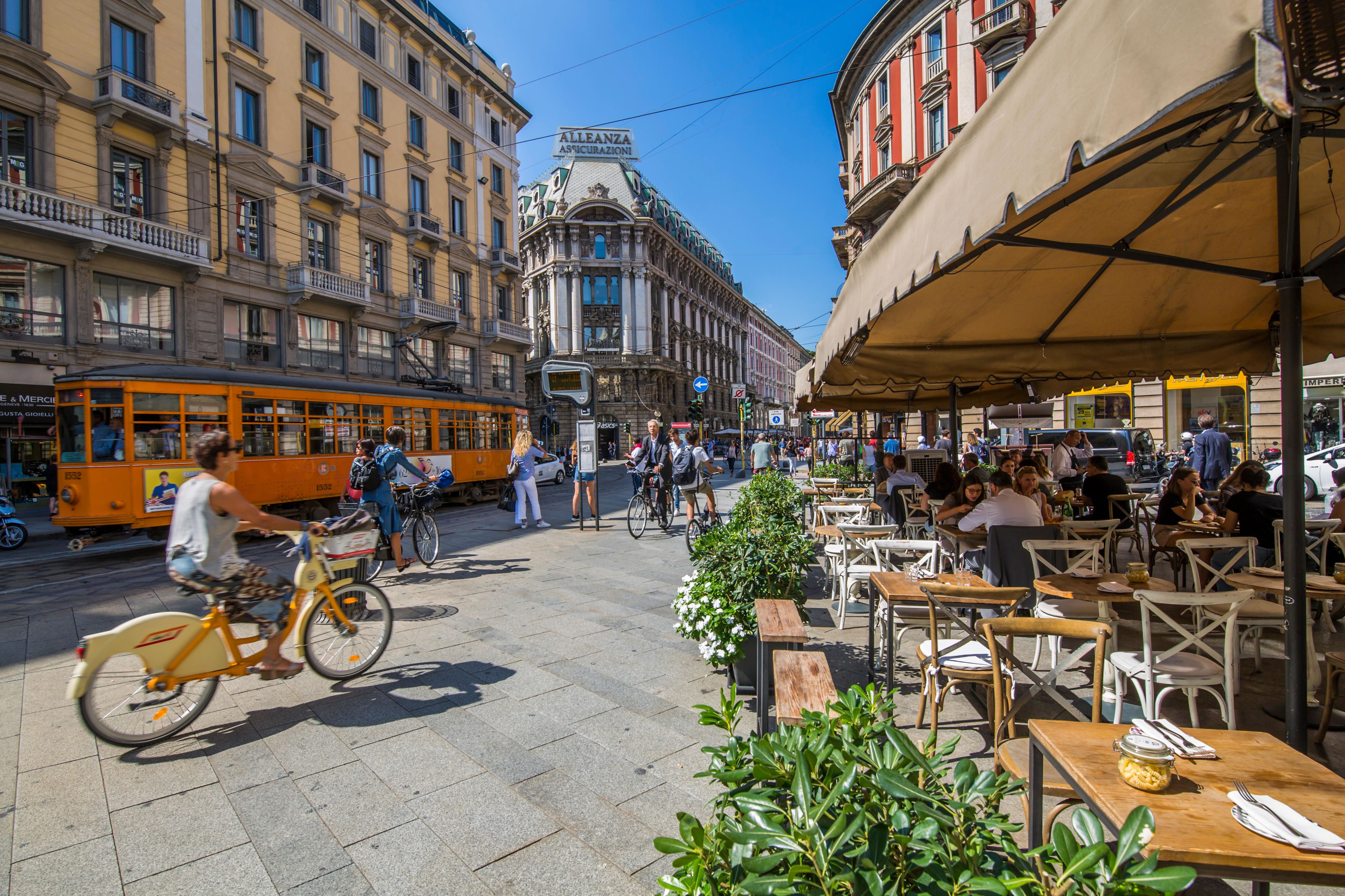
Key points
- To be sustainable, transport must meet present and future economic, environmental, and social needs and enhance the well-being of the urban population
- Political and social innovation is likely to be more effective than technological innovation in implementing and promoting sustainable transport in cities
- Negative consequences of unsustainable transport systems include inequality, noise and particulate pollution, congestion, poor quality of life, and carbon emissions
- Moving to sustainable transport systems in cities requires residents to change their behavior significantly
- Governments need to delegate decision-making on sustainable transport to a local level
What is sustainable transport?
Climate change and the environment are the first things that come to mind for many of us when thinking about sustainability.
But sustainable transport and mobility encompass much more than this.
Meeting environmental, social, and economic needs
"The guiding principle of sustainable transport is meeting the needs of the present without compromising the ability of future generations to meet their own needs," says Professor Becky Loo, author of Unsustainable Transport and Transition in China and contributor to journals including Transportmetrica A.
"This involves environmental, social, and economic considerations. The overall quality of life and well-being of the urban population should be enhanced."
Professor Lucy Budd, editorial advisory board member of the Transportation Planning and Technology journal and Co-Editor of an upcoming book on urban logistics agrees:
"Sustainable transport offers mobility services that are culturally and climatically appropriate for a given location and socially, environmentally, and financially sustainable for a defined period of time," she says.
"Increasingly, connection to place needs to be part of the conversation about sustainable transport – especially in the context of Australia, where we're on stolen land, indigenous land," adds Dr. Crystal Legacy, editorial board member of the journals Urban Policy and Research and Planning Theory & Practice.
"We need to be thinking about transport in a way that acknowledges the climate crisis and recognizes the different ways transport can harm land."
The overall quality of life and well-being of the urban population should be enhanced
Dr. Justin Spinney, author of Understanding Urban Cycling and Co-Editor of Applied Mobilities, also highlights the issue of resourcing our mobility needs:
"Sustainable transport should involve moving people and things less and bringing everything closer to where you are so that access is increased, and you use less energy and resources."
Dr. Spinney acknowledges that transport currently supports economic growth. But he questions whether economic growth should be the ultimate goal:
"More sustainable transport is still not sustainable.
"What we need to be moving towards is systems of transport that support things like sharing economies and kind of a degrowth economy."
Technology
What about technology's role in making transport more sustainable?
"We tend to look to technology as a way of addressing the transport problem, but it's worrying when we only see sustainable transport through a technology lens," says Dr. Legacy.
"I'm more interested in thinking about transport through a social or cultural or ecological lens."
"Sustainable transport is not just about the electric battery," adds Dr. Rosalie Ray, Assistant Professor in the Department of Geography and Environmental Studies at Texas State University.
"So much of what we need – bike lanes and bus lanes and bus networks and rail – some countries can build quickly and cheaply."
"This is one of the problems interpreting 'sustainability' as just 'environmental sustainability,'" says Dr. Spinney.
"Electric cars are still using a huge amount of resources. We're still cluttering up our towns and cities with these things. We're still running people over, killing over one million each year, which for some reason seems to be acceptable.
"Humans seem to have a perverse faith in using technology to solve all their problems. Technology is a big part of the problem rather than the solution.
"Instead, we need more social and political innovation and less technological innovation."
Sustainable transport is not just about the electric battery
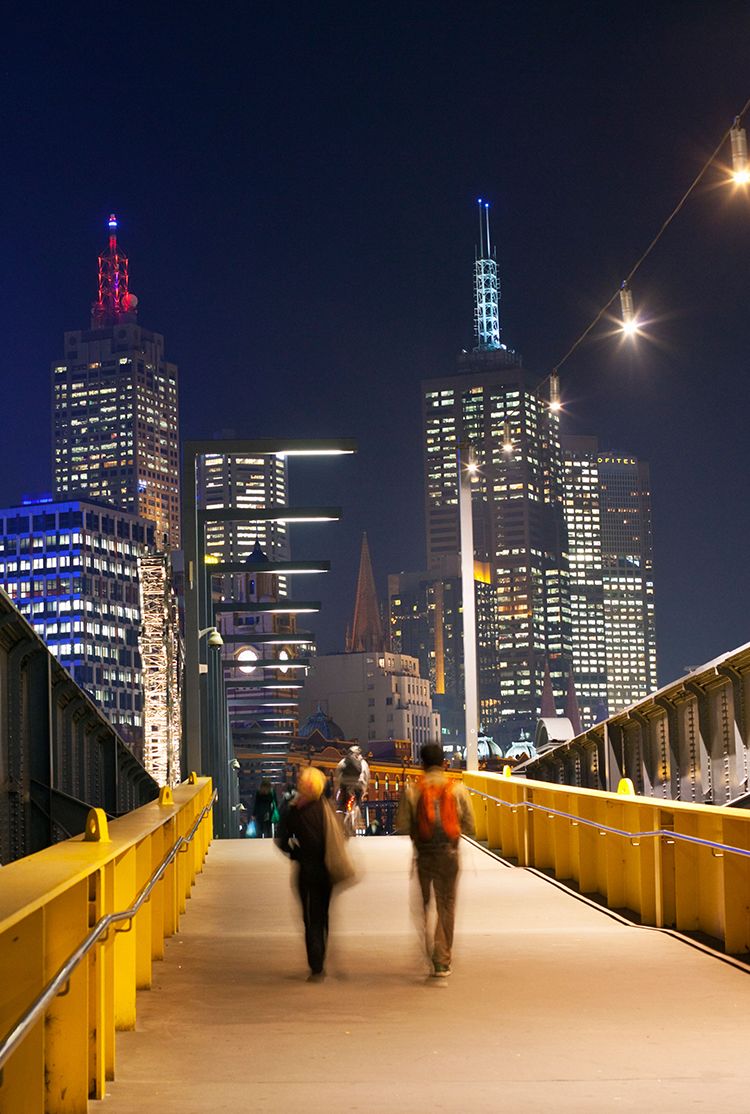
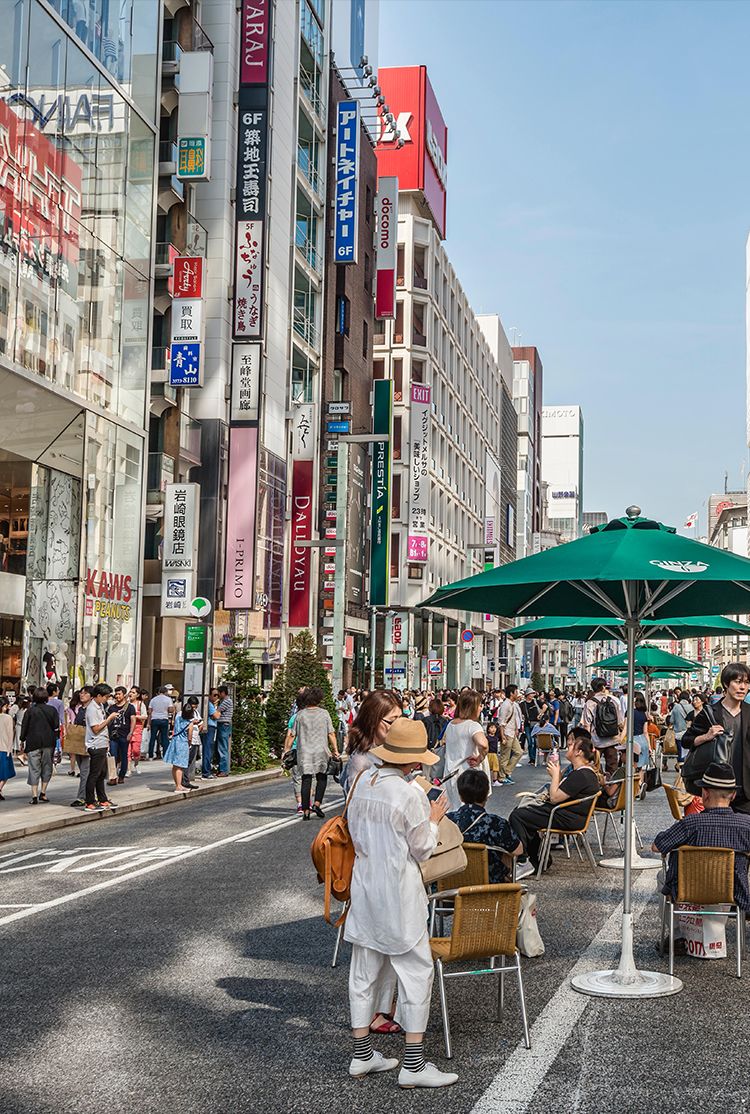
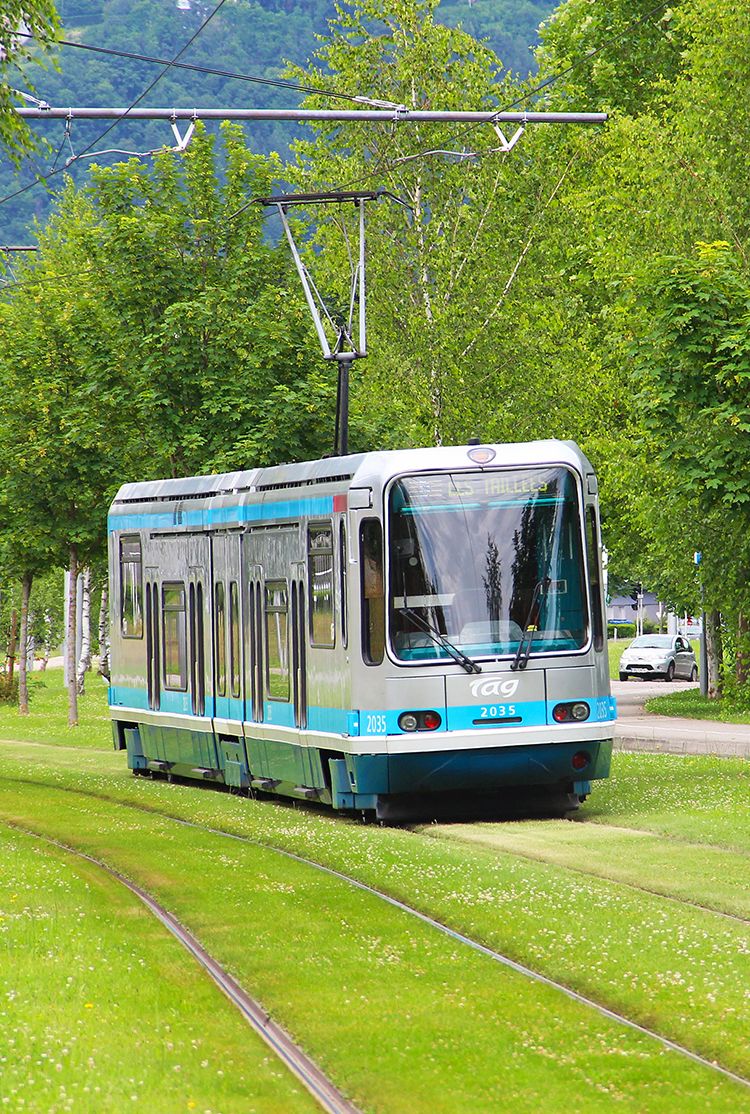
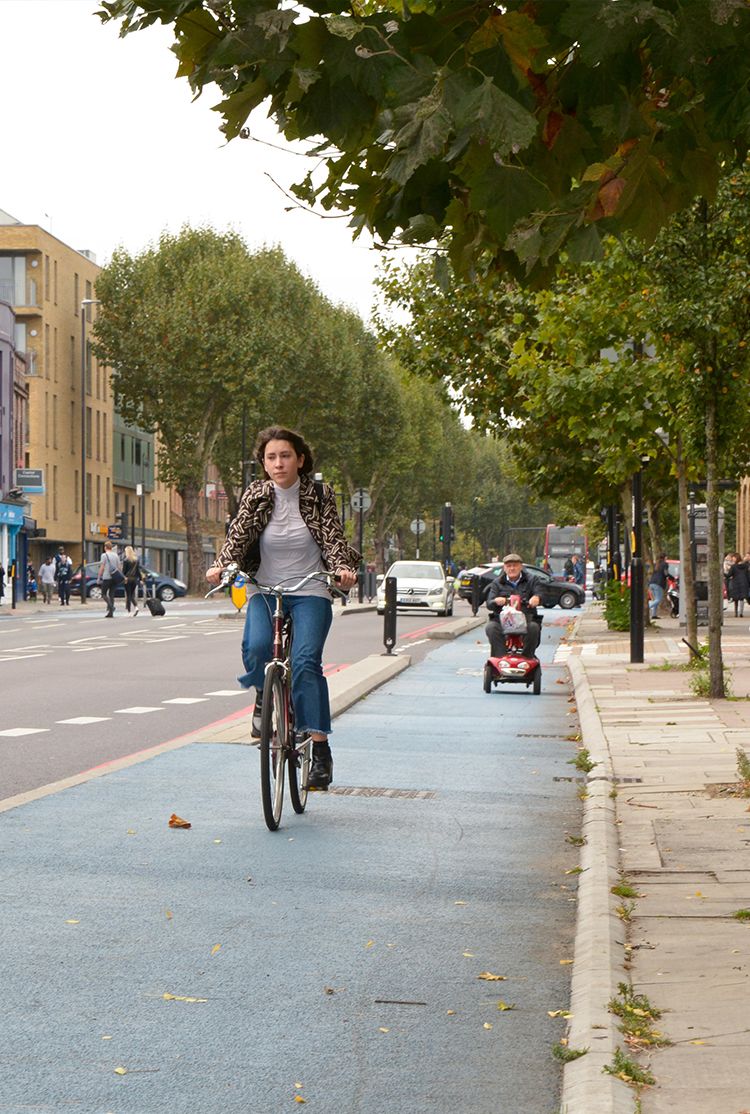
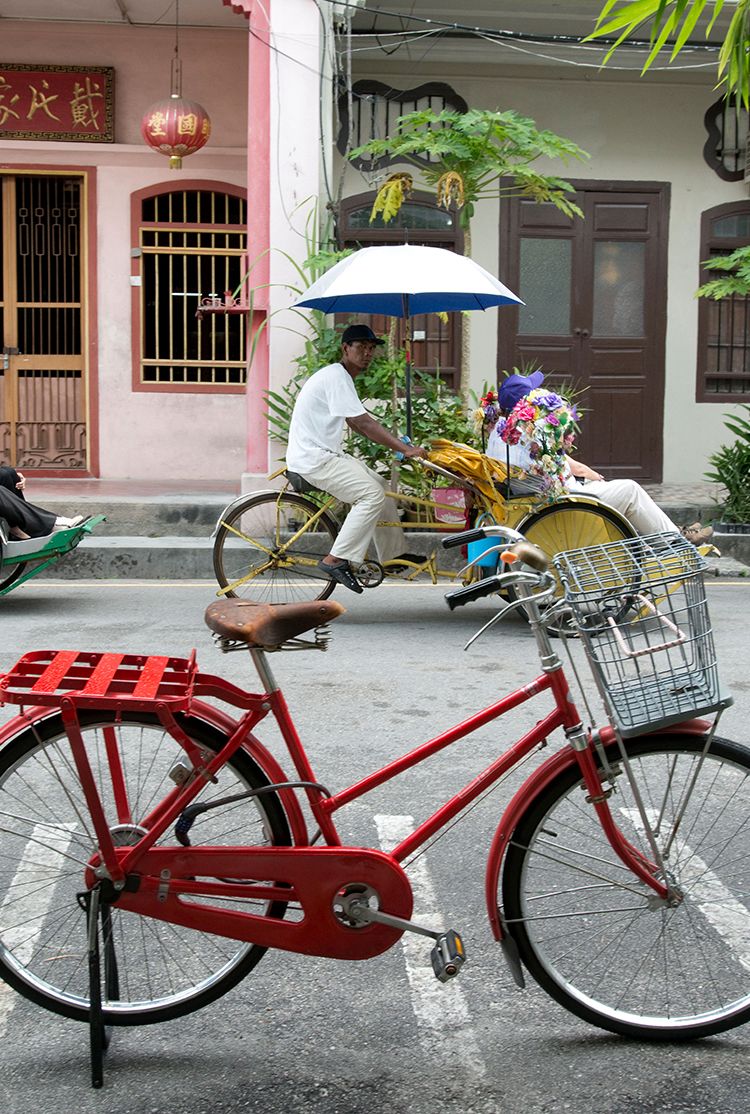
Why we need sustainable mobility in cities
Pollution and congestion are the obvious drawbacks of unsustainable transportation. But they're not the only reasons we need sustainable mobility in cities.
Equality
"The social dimension is really important in the context of spatial inequality and social inequality," says Dr. Legacy.
"Transport needs to be accessible equitably across different geographies, as well as across age, ability, and gender."
Dr. Spinney agrees: "The sustainability of societies is fundamentally an issue of equity.
"Look for example at the issue of land prices and the fact that houses cost more in the center of cities. If you can't afford this, you're likely to have a longer journey because you live out of town.
"We might vilify those who can't afford that place in the middle of town and have to travel further by less sustainable means. But they're not making this decision out of 'choice' – they are constrained by market-based inequalities."
Inequality also exists because of the air and noise pollution caused by motor vehicles.
"Air quality isn't just out of the exhaust pipe. Air quality is particulate brake and tire wear and all those kind of things," says Dr. Spinney.
"As a result, electrification solves only some problems."
"Noise pollution and stress from traffic congestion all affect our quality of life in cities," adds Professor Loo.
"The disadvantaged are often most seriously affected."
Fossil fuel dependence
Reliance on transport powered by fossil fuels also "creates an international dependence that makes us vulnerable," says Dr. Ray.
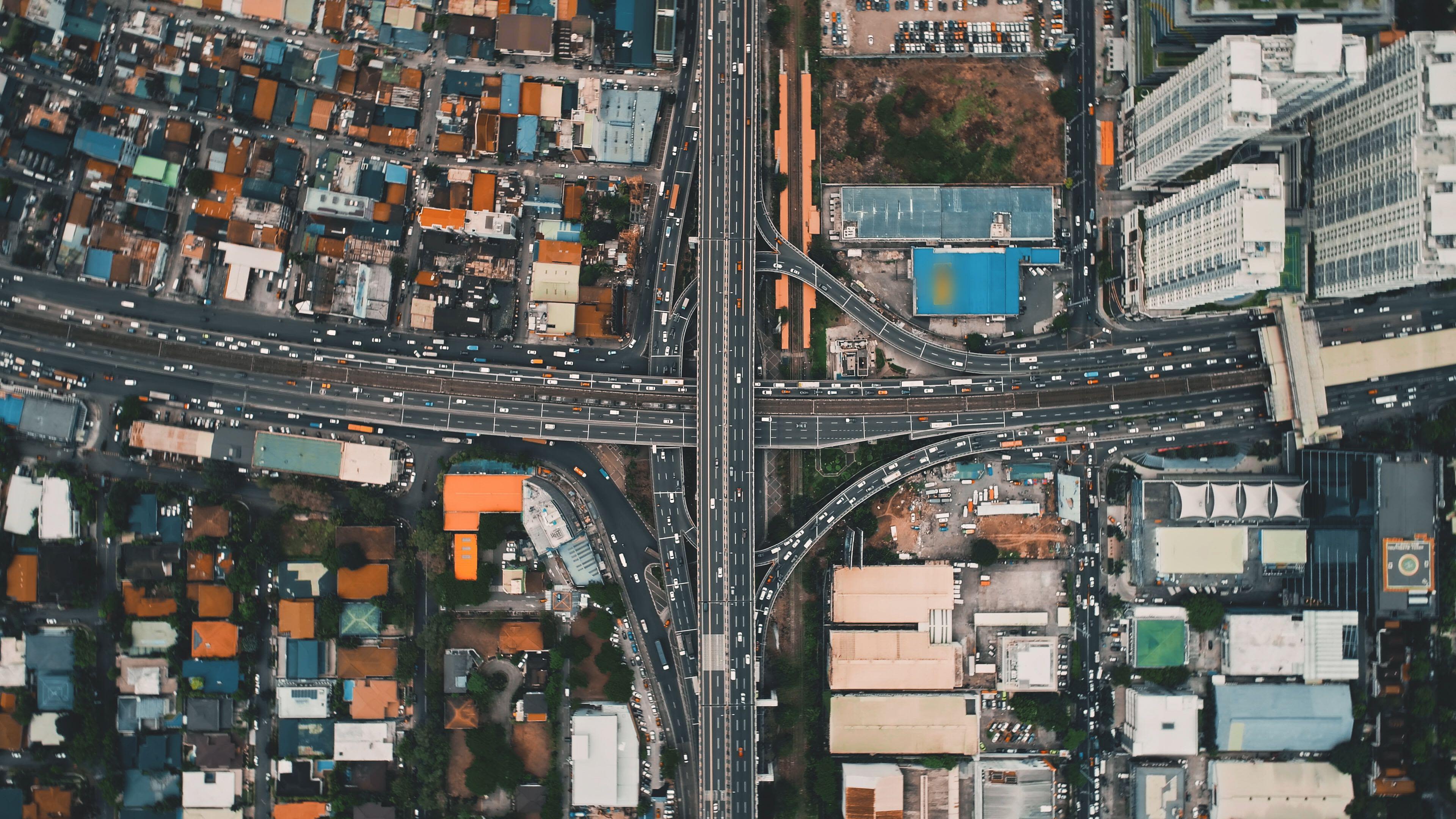
Key issues in moving to sustainable transportation
Behavior change
Making city transport more sustainable involves "asking the population to make a significant behavior change," says Dr. Ray.
"You need something like 30% of your daily travelers to find ways to change how they travel."
"Our existing transport system is now so vehicle oriented that driving is the easiest and the most convenient way of getting around," adds Professor Loo.
"So many people are using it, and any policy like banning fossil fuel vehicles or unsafe informal transport in developing countries, or stopping free parking, will face strong opposition.
"Getting the support from the people is really the first step to change."
Negotiating the politics of transport is a wicked problem
"That sort of behavior and mindset shift is a challenge that's mostly overcome by getting people elected or appointed to boards and commissions and councils who are willing to take that political risk," says Dr. Ray.
"You need your local government to be on board to do the implementation. You almost certainly need some sort of state or federal or national funding to actually get the money to do it.
"In many places, there's a real lack of belief in transit."
Community engagement
"Negotiating the politics of transport is a wicked problem," adds Dr. Legacy.
"One of the key challenges around transport planning is that the problem is viewed as a technical one, which may lend itself to a technical or engineering solution.
"Community engagement sits really awkwardly with that kind of tradition. So when we talk about participation and transport, it's often very tokenistic."
Regulation
The way cities regulate transport also needs to change.
"Countries like Australia really struggle with informal transport and how to regulate it in a way that serves the public interest. The rise of Uber or e-scooters, for instance," says Dr. Legacy.
"The introduction of something that's not delivered by the state becomes a threat.
"But in the global south, we see this really incredible organization of communities and citizens to deliver informal transport that serves diverse needs. There's so much we can learn from that."
"You have a coordination problem," adds Dr. Ray. "How do you get all of these private actors to come together?"
Dr. Ray also highlights the potential issues in the informal transport sector, such as poor safety and dangerous vehicles.
Avoiding inequality
Another challenge to introducing more sustainable forms of transport is to do with perpetuating the inequality it's meant to rally against.
"More sustainable forms of transport can lead to increased property values. We see that in the inner city of cities around the world," says Dr. Legacy.
"That can result in displacement of more vulnerable communities. So we need to couple sustainable transport policies with, let's say, affordable housing policies."
You need something like 30% of your daily travelers to find ways to change how they travel
The ideal sustainable transport system
So what does the ideal sustainable transport system in a city look like?
"It really depends on the urban context," says Dr. Ray.
Professor Loo agrees: "It should be a system that fits the local context, including climate and people's preferences."
"It would be low carbon," adds Dr. Legacy.
Infrastructure
Dr. Ray continues: "You’re going to want a rail network as the backbone of the system. You'll need a separate bus network. You can make every trip you'd want to make on the train or on the bus.
"And then you need 'complete streets' – sidewalks and some amount of protected bike travel. But you need to take the local climate into account – is everyone willing to walk, cycle, or wait outside for the bus when it's 105 degrees?"
Integration
"An ideal transport system doesn't situate transport planning in a silo away from land use planning and social planning," says Dr. Legacy.
"The concept of a '15-minute city' is a nice starting place," adds Dr. Spinney. "You've got the vast majority of things you need on a daily basis within a 10 or 15-minute walk."
"Then you link that in with the idea of a kind of sharing economy where, say, if I needed to mow my lawn I could use an app to borrow or rent what I need nearby."
Cars or no cars?
"I'd like to see cities where there were no cars within them," he continues.
"But I don't think cars are going anywhere soon. If we're going to have cars, they should be shared and on the peripheries of cities."
Consider freight
Services that support our cities also need to be considered, such as freight transport, which is still a growing sector.
"Often discussions on urban and sustainable transport focus on passenger mobility. Planners, policymakers, and practitioners also need to be cognizant of the requirements of urban freight mobility," says Professor Budd.
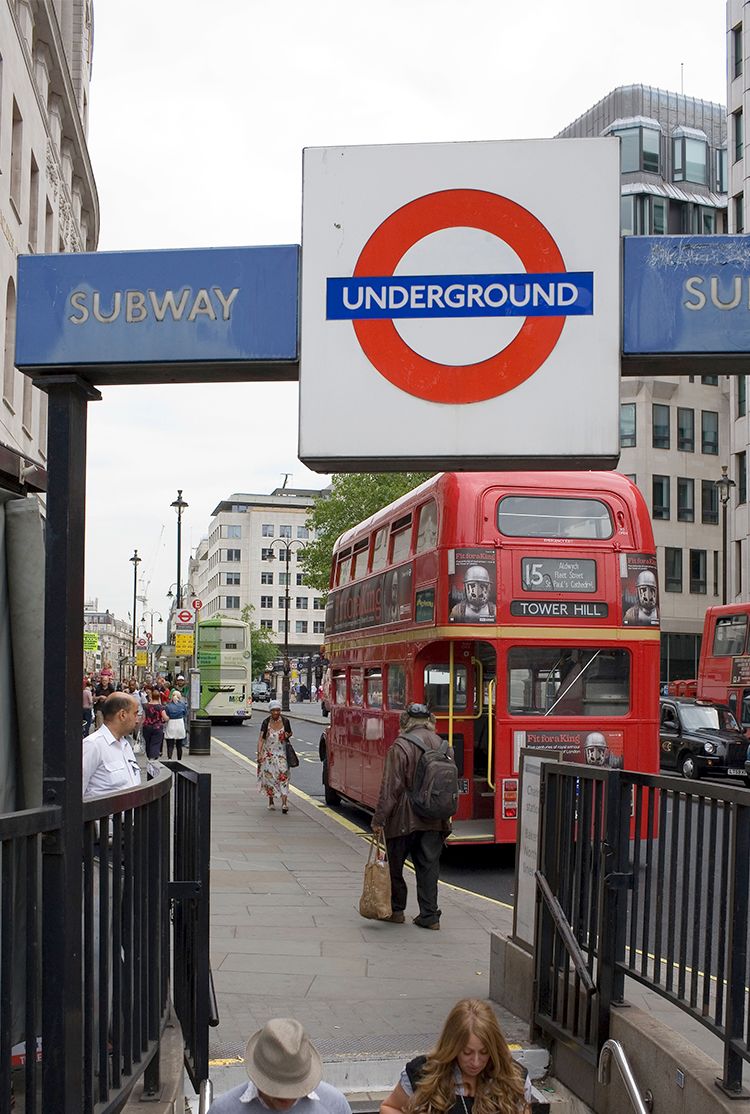
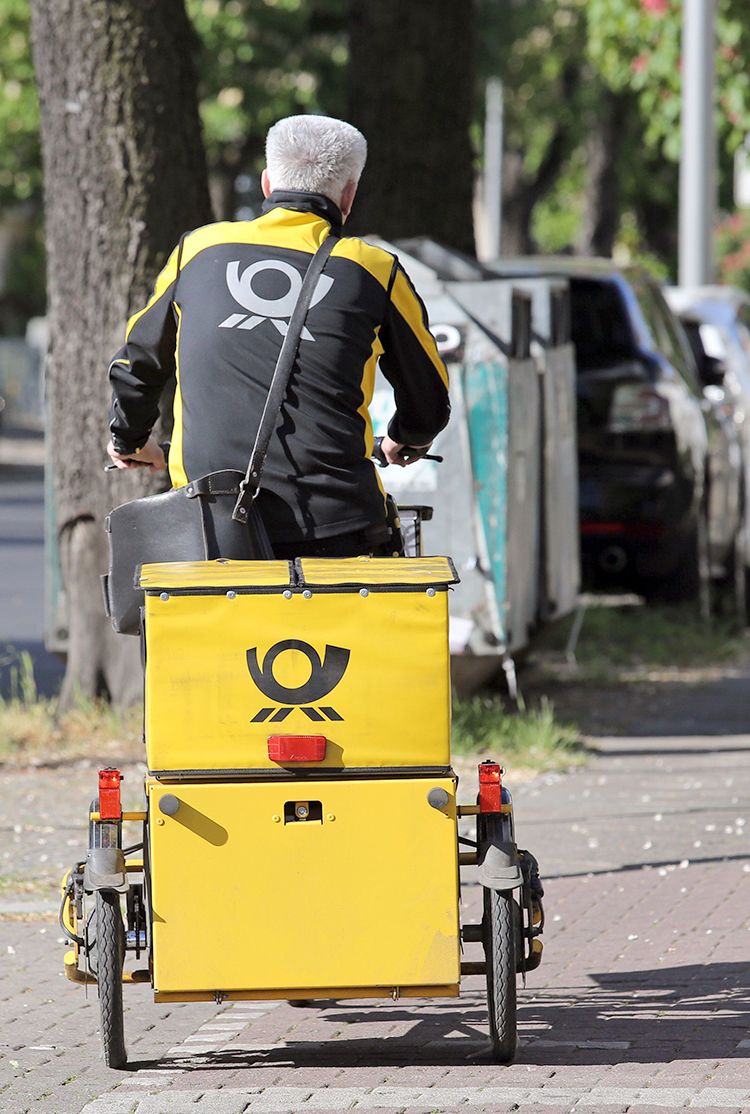
Implementing and promoting sustainable transport in cities
It's no surprise that local governments have a significant role to play in implementing and promoting sustainable transport in cities. National and federal governments also need to provide funding.
Dr. Spinney says local governments should start with how they allocate land for development:
"Any development being built more than 2km from a public transport hub shouldn't be given planning permission.
"That would focus the developer's mind on what they're doing with regard to its impact on transport," he says.
Transport is not a private good – we need to recognize it has social functions and is very much like a public good
Infrastructure planning
The way cities plan and manage transport infrastructure needs to change too, says Dr. Legacy:
"We always build big mega infrastructure projects to get people from one part of the city or region to the next.
"That kind of infrastructure planning is quite problematic. Stop privileging the need to always be big."
Prioritizing active travel and public transport
"Walking, cycling, and public transport must be prioritized for funding and policy support," adds Professor Loo.
"Dirty and polluting vehicles must be phased out. Traffic crash hot zones must be addressed to save lives. People with disabilities, young people, older adults, and low-income families must be supported so that their access to services and opportunities are not compromised."
Highlighting all the costs of transport
Cities should also consider the hidden benefits and costs of different types of transport.
"Transport is not a private good," says Professor Loos. "We need to recognize it has social functions and is very much like a public good.
"We must be aware of the wider societal, economic, and environmental externalities."
Dr. Spinney suggests cities should always consider these externalities when costing infrastructure projects:
"We've externalized most of the costs of our mobility – the longer-term costs in particular. Society, in general, picks up the bill for that.
"And let's not privilege time savings as we always do in cost-benefit analysis, because the car generally comes out on top."
Delegating decision-making
Another factor to consider is which levels of government should control transport and infrastructure.
"In the U.S., the federal government is thinking more about giving money directly to cities," says Dr. Ray.
"In the past, it's gone to state Department of Transportation and regional planning organizations. Then the cities have to apply to those. So if you have, say, a state that only wants to build highways, it's hard for a local city that might want to try something different to access funding."
Democracy and public participation are fundamental to sustainability
The issue of who funds what is also a problem in other regions:
"Larger cities often include intra-urban as well as inter-urban transport infrastructure and services, which is typically overseen by national and state agencies, leading to conflicts and inefficiencies", say Dr. Dorina Pojani and Professor Dominic Stead in their article Policy design for sustainable urban transport in the global south.
Communication and engagement
Communication and engagement between stakeholders are also fundamental as cities move to promote more sustainable forms of mobility and transport.
"Engage users and stakeholders in the policy process," says Professor Budd.
Dr. Spinney agrees: "Democracy and public participation are fundamental to sustainability."
"There are winners and losers in this transition," adds Dr. Legacy. "So there's a politics in that, which needs to be holistically discussed.
"Community informed transport planning is really important. I'd like to see transport planning and transport policymakers and transport practitioners get out of their 'boxes' and engage more openly and meaningfully and with some degree of humility with other stakeholders in the city."
Integrating academic research
"Researchers and transport policymakers need to engage more," says Dr. Legacy. "Research-informed transport planning is important."
This may require a review of what types of research are prioritized, according to Dr. Spinney:
"Whenever I'm looking at funding opportunities, it's always innovation funds – more technology; 'let's build our way out of this.'
"That's not actually the answer. We want social innovation. We don't really need technological innovation as such.
"Technology is a linchpin of the economic growth machine, and that's the problem we should be fighting."
Six steps to sustainable mobility in cities
In their 2021 study "Course change: Navigating urban passenger transport toward sustainability through modal shift" authors Miriam Müller and Professor Oscar Reutter highlight six areas cities must focus on to make transport more sustainable:
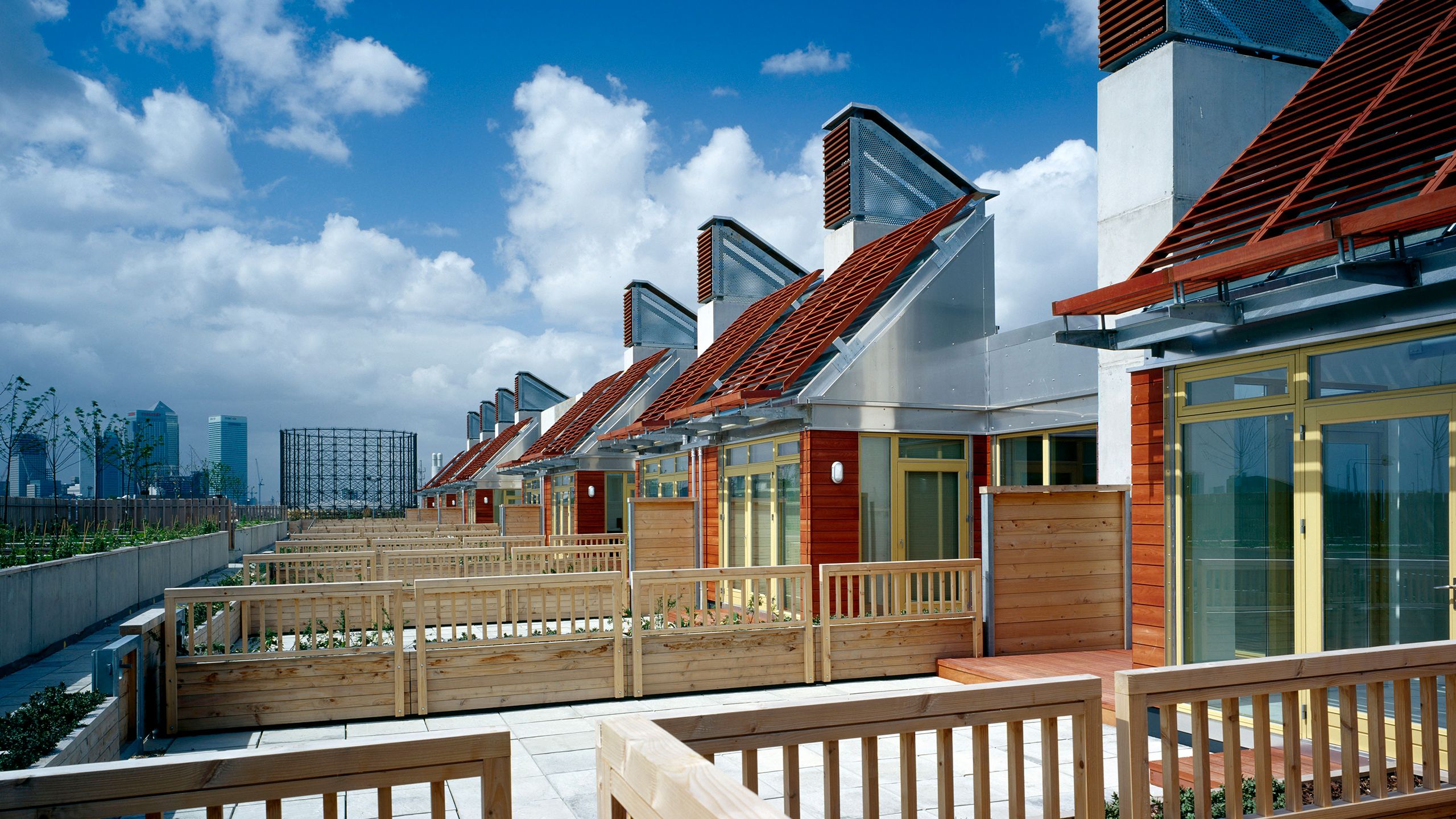
1. Land use
E.g., building dense, mixed-use units on brownfield sites with good public transport links
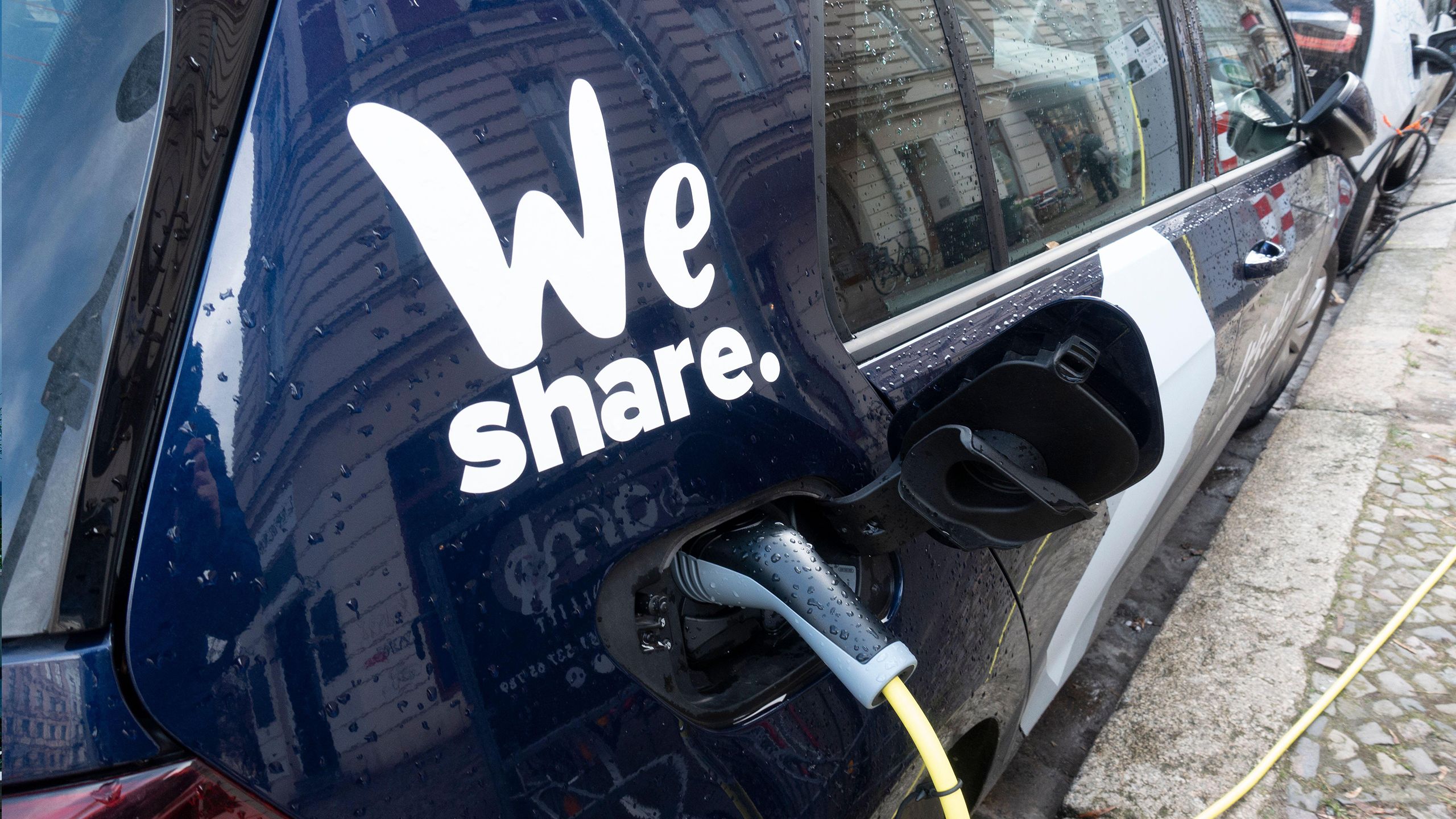
2. Energy efficiency
E.g., car sharing schemes, freight delivered by cargo bike and electric vehicles, making vehicles more fuel efficient

3. Car use
E.g., charges for car use within the city, reallocating road space to more sustainable forms of transport, reducing speed limits, increased parking charges
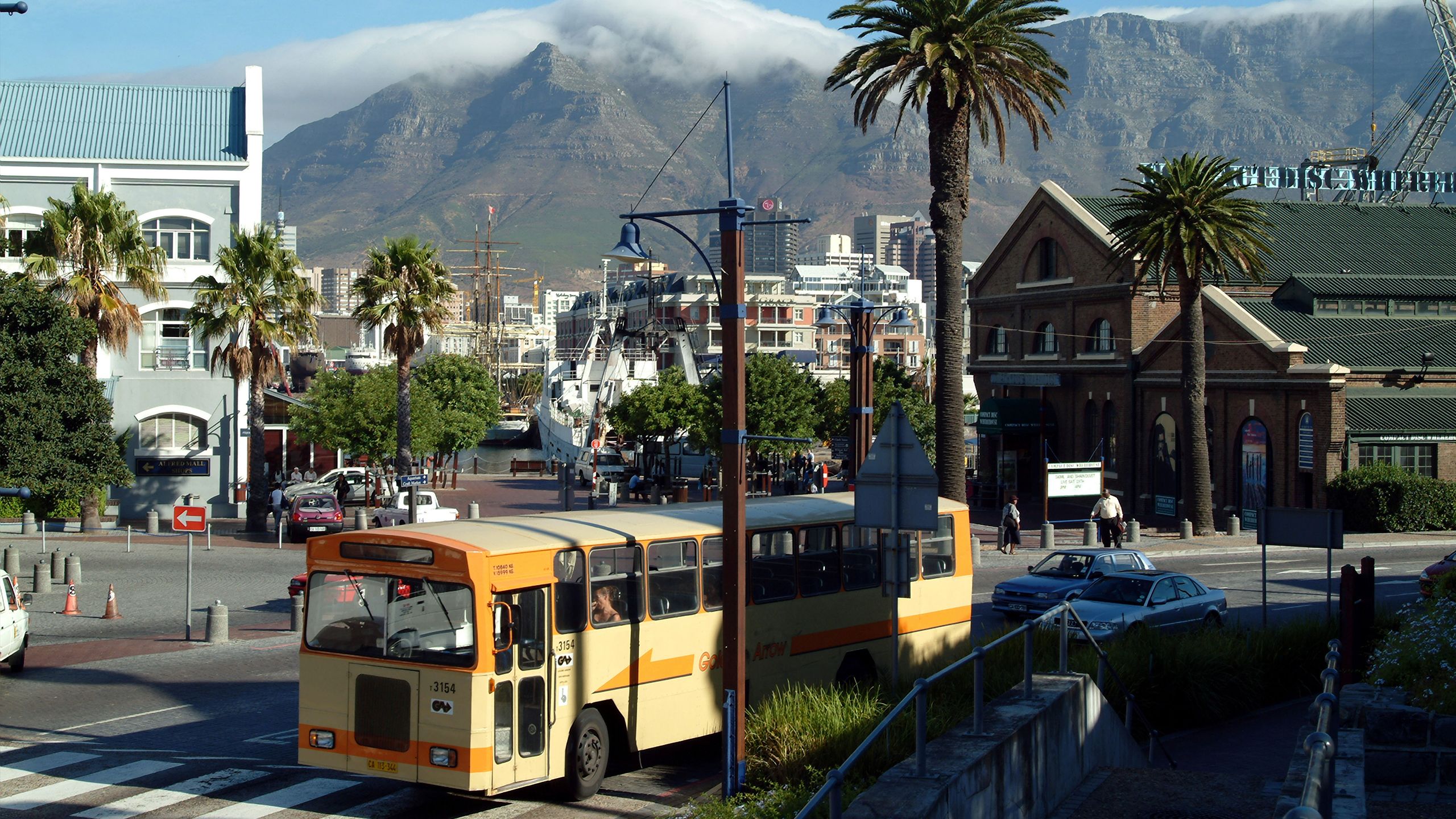
4. Public transport
E.g., extending the public transport network, reducing the cost of travel, increasing the frequency of trains, trams, and buses
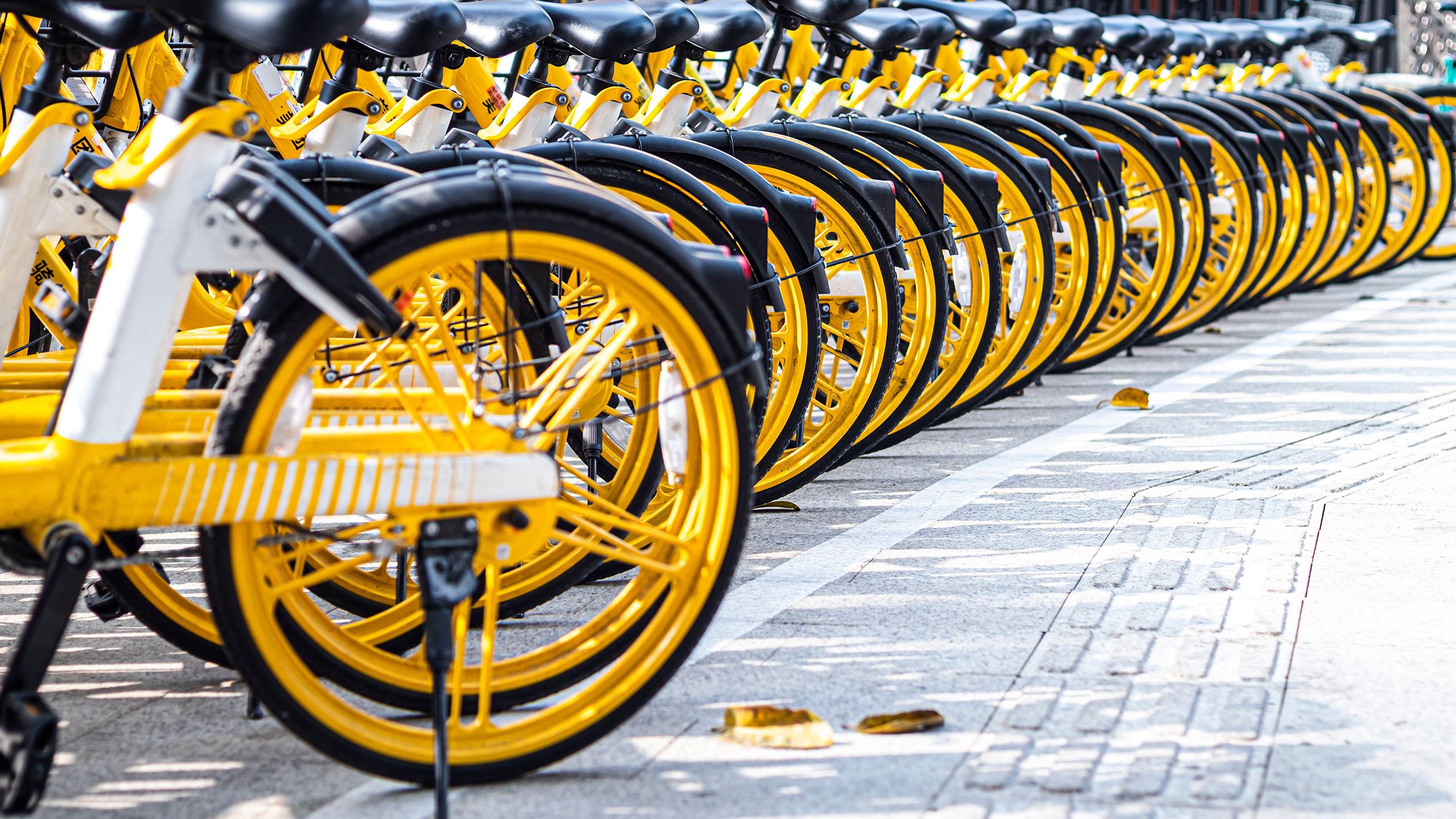
5. Cycling
E.g., safer cycling infrastructure, bike hire/rental schemes, faster cycling routes
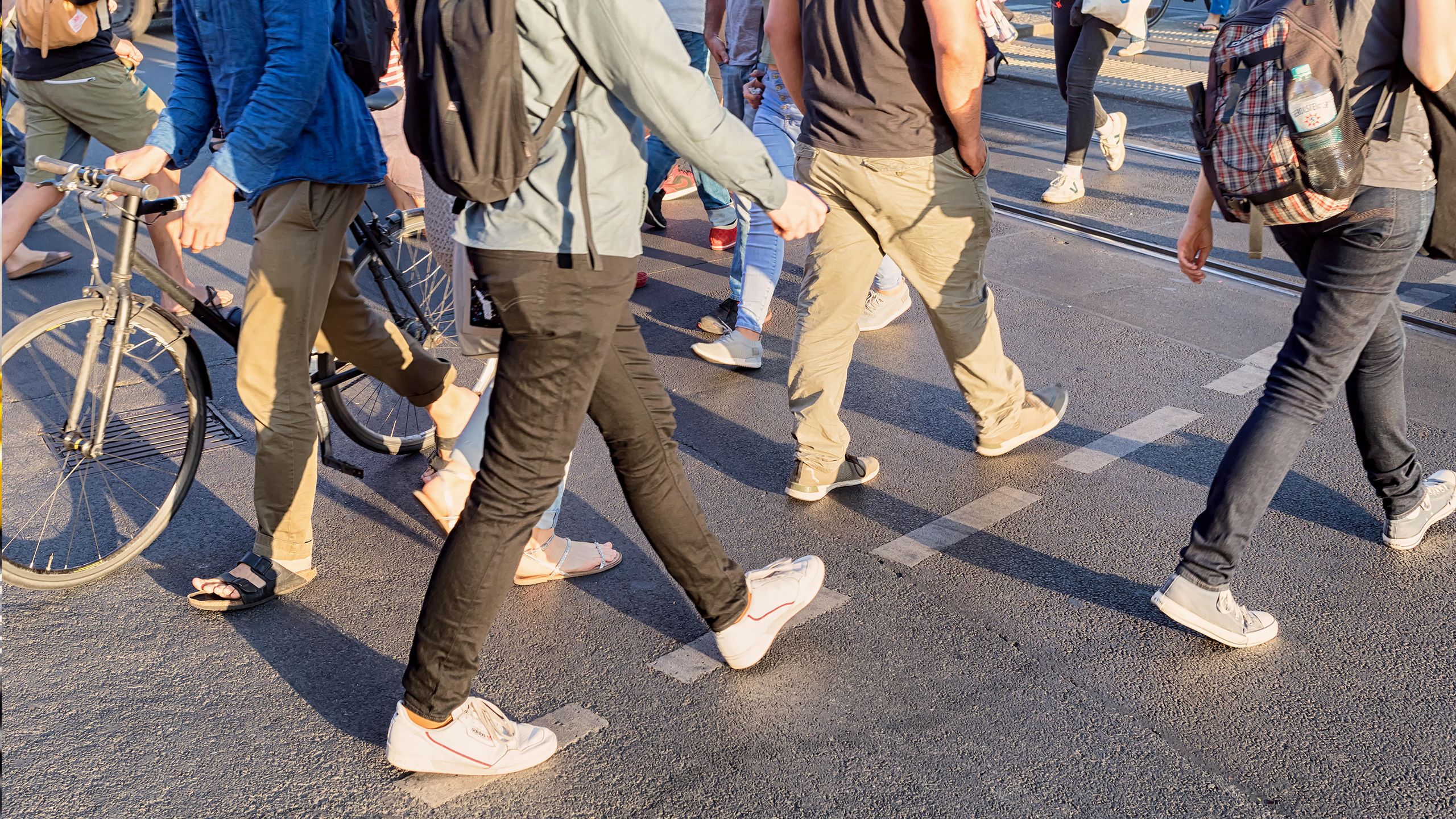
6. Walking
E.g., more direct routes, more street crossings, removal of barriers, step-free access
Key policy instruments for promoting sustainable urban transport
In "Policy design for sustainable urban transport in the global south" authors Dr. Dorina Pojani and Professor Dominic Stead highlight four key policy instruments for making city transport more sustainable:
1. Regulation
E.g., land development regulations as well as laws and regulations that encourage people to use more sustainable forms of transport
2. Fiscal instruments
E.g., financially rewarding those who use sustainable methods of transport while penalizing those who use unsustainable methods
3. Information, awareness, and education
E.g., public awareness activities that encourage shifts in existing paradigms (such as highlighting the hidden societal costs of motoring, and framing walking as an accessible and democratic form of transport)
4. Public infrastructure provision
E.g., investing in walking and cycling provisions, bus lanes, and rail instead of infrastructure that promotes private car use
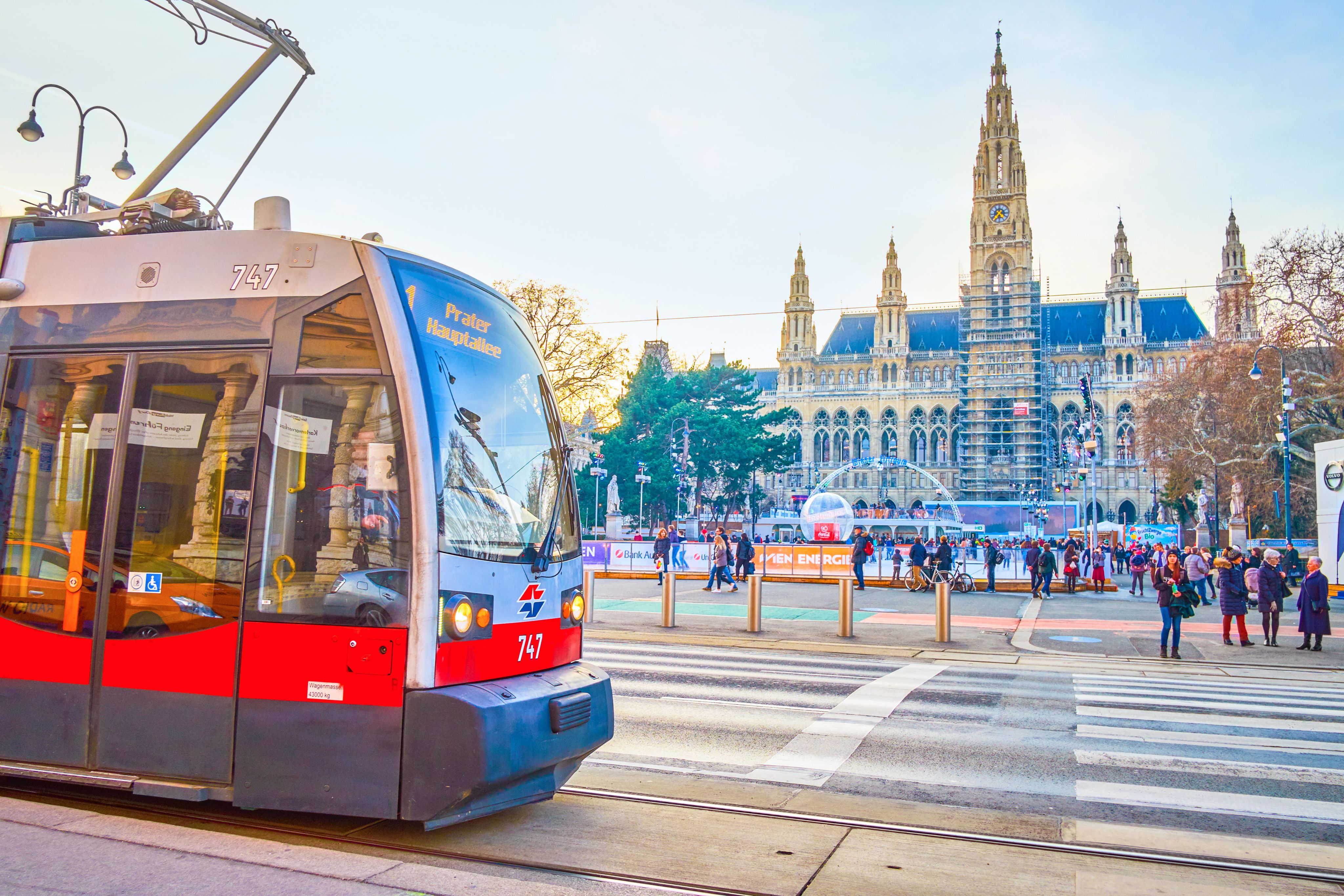
Case study: Political lessons from Vienna
In 1993, 40% of journeys were made by car. By 2014, that had dropped to 27%.
The city achieved this by improving public transport and making it more affordable. It also restricted car use, improved conditions for walking and cycling, and built mixed-use developments clustered around rail stations.
This process needed compromises, political deals, and consensus among political parties and groups of stakeholders. In a study on the city published in the International Journal of Sustainable Transportation, Professor Ralph Buehler, Professor John Pucher, and Professor Alan Altshuler highlight how the city used the following tools to navigate the politics of implementing sustainable transport:
- Using pilot projects, which the city made permanent only if effective and popular
- Using surveys and referendums to measure public support for controversial policies and make the decision-making process more democratic
- Delegating decision-making to district councils, to garner support for local schemes
- Ensuring policies benefit almost all groups of the city population
How individuals can influence sustainable transport policies in cities
We've seen that the implementation and promotion of sustainable, accessible transportation in cities needs community involvement.
Are there any specific ways individuals can influence mobility policies in cities?
"Individuals can engage in responsible choices, lobby local politicians and transport operators to prioritize sustainable transport modes, and patronize sustainable modes when provided," says Professor Budd.
"We can stop resisting the removal of parking and building of infrastructure like bike lanes," says Dr. Legacy.
"We like to consider ourselves to be environmentally conscious and socially aware. But when it comes to our ability to drive around the city in the way we want to, we don't want to be challenged."
A single person or group can actually make a pretty big difference...
However, as Dr. Spinney highlights, we need to bear in mind our behavior is constrained:
"I teach sustainable transport, But I've still got a car and I still fly sometimes, so I might just be a huge hypocrite in that sense," he says.
"The issue is that it's very hard for any of us to make the 'right' choice given that the structures we work within constantly make the 'wrong' choices more convenient, cheaper, and easier.
"What we need is central government regulation so that we can only make the right choice. However, that would require political direction and backbone."
His advice is to "vote for the people that are going to ensure that your grandkids have a habitable planet to live on."
Getting more involved in the process
In some regions, it may be possible for individuals to get more actively involved in the process of changing those structures.
"A single person or group can actually make a pretty big difference by getting involved and understanding how these decisions are made," says Dr. Ray.
"I'm in a small town in Texas, and for a while, one of the members of the community sustainable transportation group was also a member of the town's planning and zoning commission.
"She went through every street that was proposed to have a bike lane and decided what level of protection they were comfortable with.
"Because of this, more streets now have protected bike lanes."
"I think just having representation on committees and councils – whether it's spatial, cultural, or sectoral representation – is the first step to thinking about how transport planning and sustainable transport can be delivered in a more democratic way," adds Dr. Legacy.
Further reading:
Journal articles
- Active transport in Africa and beyond: towards a strategic framework by Becky P.Y. Loo and Alhassan Siiba in Transport Reviews
- Are you being shared? Mobility, data, and social relations in Shanghai’s Public Bike Sharing 2.0 sector by Justin Spinney and Wen-I Lin in Applied Mobilities
- Mobility justice and accessible public transport networks for people with intellectual disability by Ellen van Holstein, Ilan Wiesel, and Crystal Legacy in Applied Mobilities
- Multiscalar Deliberative Transportation Planning: "Empowerment Without Autonomy” and Bus Priority in London by Rosalie Singerman Ray in Journal of the American Planning Association
- Planning transport infrastructure: examining the politics of transport planning in Melbourne, Sydney, and Perth by Crystal Legacy, Carey Curtis, and Jan Scheurer in Urban Policy and Research
- Transit-oriented development in future cities: towards a two-level sustainable mobility strategy by Becky P.Y. Loo and Frederic du Verle in International Journal of Urban Sciences
Books
- Sustainable Approaches to Urban Transport edited By Dinesh Mohan and Geetam Tiwari
- The Routledge Handbook of Public Transport edited By Corinne Mulley, John Nelson, and Stephen Ison
- Transport Justice: Designing fair transportation systems by Karel Martens
- Understanding Urban Cycling: Exploring the Relationship Between Mobility, Sustainability and Capital by Justin Spinney
- Unsustainable Transport and Transition in China by Becky P.Y. Loo
You might also like:
Social justice and sustainability
Find out about the content we publish, commitments we've made, and initiatives we support related to social justice and sustainability:
 China
China Africa
Africa
